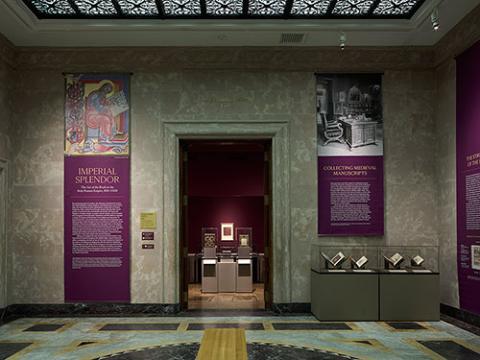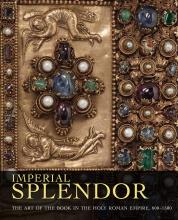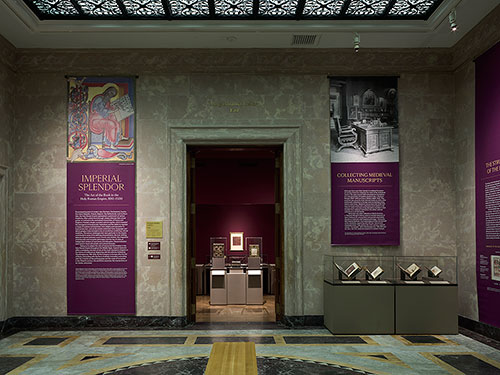
Encompassing parts of modern-day Germany, Switzerland, Austria, the Czech Republic, Poland, Belgium, the Netherlands, and northern Italy, the Holy Roman Empire represented a patchwork of various kingdoms, often united more through uneasy alliances than actual power. In contrast to the centralized monarchies of France and England, it lacked a single, constant national capital, which impeded the emergence of bureaucratic institutions and the ability to regulate a range of customs and practices, from religion and education to book production. Just as the empire embraced many languages and ethnic groups, it also included a mix of sometimes conflicting cultural traditions. The various challenges that were particular to the empire contributed to some of its defining characteristics: the ever-shifting balance of power between court, church, and cloister; the integration of aristocratic and monastic patronage; and the rise of cities as independent centers of commerce and education. Decentralization went hand in hand with artistic and cultural diversity.
Taking as its subject the role of manuscript illumination in the Holy Roman Empire throughout the Middle Ages, Imperial Splendor offers a sweeping overview of one of the most impressive chapters in the history of medieval art. Beginning with the reforms initiated by Charlemagne (ca. 748–814), the first emperor in Europe after the fall of Rome, and ending with the flurry of artistic innovation coinciding with the invention of the printing press and the onset of humanism in the fifteenth century, this exhibition examines the intersections of art, books, and power.
Imperial Splendor: The Art of the Book in the Holy Roman Empire, 800–1500 is made possible by the Janine Luke and Melvin R. Seiden Fund for Exhibitions and Publications, the Ricciardi Family Exhibition Fund, the Christian Humann Foundation, and Katharine J. Rayner. Additional support is provided by the David L. Klein Jr. Foundation; the Andrew W. Mellon Fund for Research and Publications; Caroline Sharfman Bacon; Elizabeth A. R. and Ralph S. Brown, Jr.; Mr. and Mrs. Alain Goldrach; Marguerite Steed Hoffman and Tom Lentz; Professor James H. Marrow and Dr. Emily Rose; Mrs. Andrew C. Schirrmeister; the Samuel H. Kress Foundation; Gifford Combs; Salle Vaughn; William M. Voelkle; Gregory T. Clark; Bob McCarthy; and an anonymous donor.
“Heiningen Gospels” (fragment), in Latin, Germany, Hamersleben, ca. 1180–1200. Morgan Library & Museum, MS M.565, fols. 13v–14r. Purchased by J. Pierpont Morgan, 1905.


